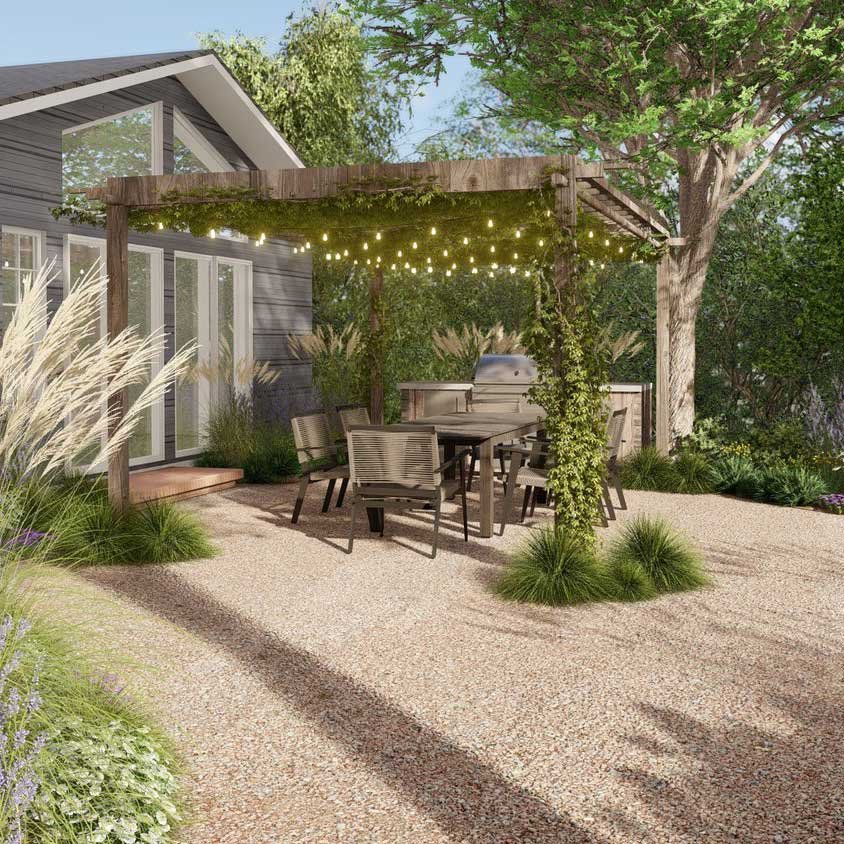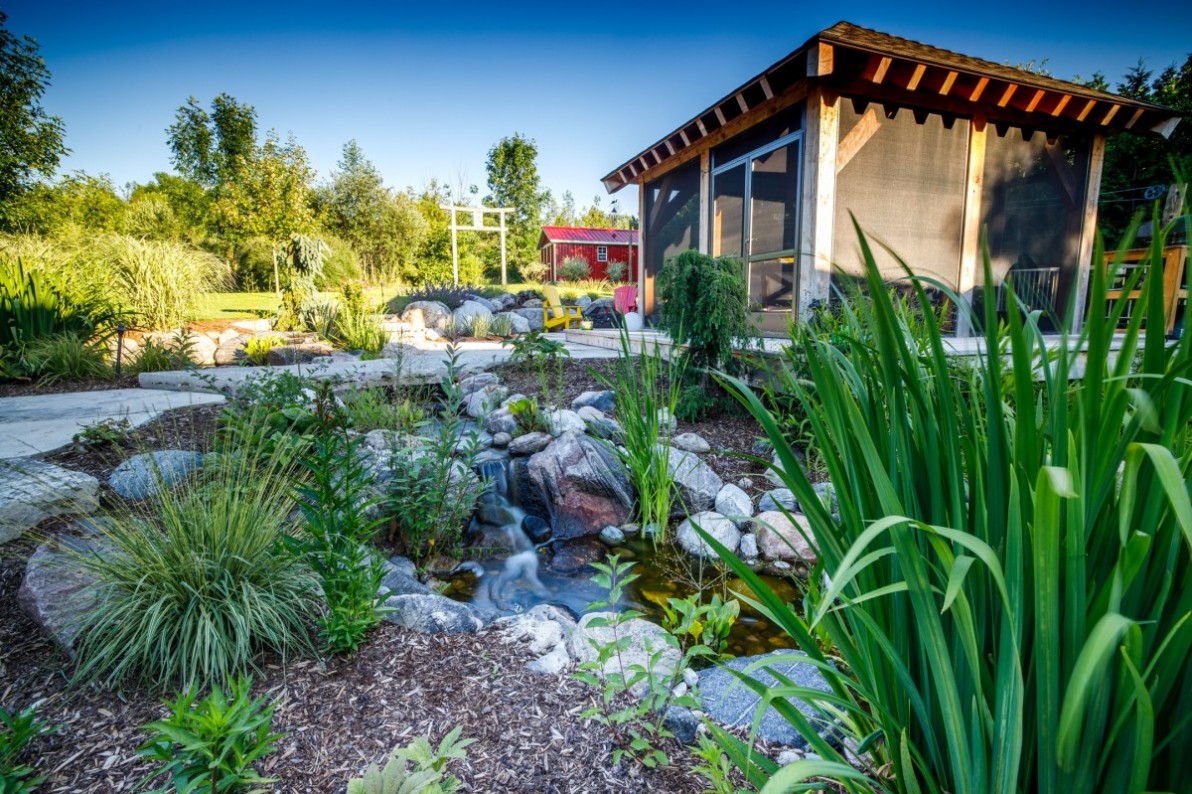The smart Trick of Landscapers That Nobody is Talking About
The smart Trick of Landscapers That Nobody is Talking About
Blog Article
The 8-Second Trick For Landscapers
Table of ContentsWhat Does Landscapers Do?Some Known Incorrect Statements About Landscapers Getting My Landscapers To WorkLandscapers - TruthsHow Landscapers can Save You Time, Stress, and Money.All about Landscapers
- A garden attribute where water is represented by an accumulated stone item, usually a gravel or granite.- A rock or natural flagstone patio area, path, or pathway built without a concrete base.- A rock preserving or complimentary standing wall surface constructed without making use of mortar. An extremely knowledgeable mason is required for a completely dry pile stone wall. A lot of wall surfaces in Rose city are moist piled, even if they show up to be. - A below ground structure that collect water and enables it to reduce percolate right into the dirt around it.
Landscape design that is compatible with a websites' environment in both appearance and sustainability without negative impacts to the setting. Bordering in the landscape is a line of separation that creates visual rate of interest in the yard by dividing one section from one more segment.
Locations can likewise sense of "enclosure" provided by trees, various other growings, fences, or displays. The landscape near the entrance to a building. A tree, hedge or vine, trained to expand on a wall or fencing into a particular pattern. Especially valuable for fruit trees, making it simple to harvest the fruit and including mess.
Landscapers - Truths

The component in a landscape design or location in a landscape that is meant to be most prominent. The focal point can be a plant, stone, sculpture, collecting area, or other landscape function.

The 7-Minute Rule for Landscapers
Low plants that are enabled or urged to spread out over an area. Can refer to any kind of "tough" yard elements including statuary or boulders but a lot of commonly is utilized to refer to courses, patios, and walls - Landscapers.: Height distinction in between the level of water in a pond (or the level of the pump if it sits outside the pond) and the top outlet of water which influences efficiency of the water pump in gph (gallons per hour).
A chemical made use of to control weeds. Fencing boards that run flat, usually utilized in contemporary or Japanese-inspired landscape styles. Lines that define areas within a landscape principle. These usually expand from edges or key features of an existing framework. Correct use of fictional lines can aid the landscape feel linked to the home and various other elements.
Traditional PNW landscapes are informal. A plant that spreads even more than desired, or right into habitats where it does damage.
The 7-Minute Rule for Landscapers
Can include head positionings and insurance coverage, pipe sizing, GPM specs, and materials required to mount this system. Licensed expert that designs landscapes, educated in design and architecture as well as in gardening.
The specialist that plans and establishes landscape tasks, typically at a domestic or tiny commercial degree with the significant layout incentive on growings. Landscape designers usually have much less education than Landscape Architects and are not accredited. A completed landscape design, outlining directory all aspects for the brand-new landscape. This generally takes the form of a drawing on paper.
Using many growings of the exact same range to fill in an area in the landscape. This can reduce maintenance and water usage in the garden.
A layer of compost or bark dirt applied at the base of a plant. A plant that was existing in a geographic location before people began altering the landscape.
The 7-Minute Rule for Landscapers
Exactly how the yard or a yard element is organized in connection to an existing or brand-new attribute or to a direction. Turfs that are not cut yet expanded in landscapes as perennials.

Small round gravel. Plants that give seasonal passion and after that pass away back in the wintertime. Annuals do not come back the following period, yet perennials do. Cold period lawn that top article is the most common lawn lawn in Portland, OR et cetera of the PNW.An open roofed framework over a patio area or other landscape feature.
Basalt accumulated varying in size from 1/4" to dust. The most go to this website typical landscape gravel in the PNW. Location of the landscape created to handle water until it can saturate into the ground. A chain that regulates water as it travels from a roofing system seamless gutter to the ground. Garden structure that produces a planting area that is contained and higher than the surrounding quality.
Structure made from timber, concrete, paving rocks, bricks or other products for stabilizing slopes and avoiding too much erosion. Narrow gutter. Creating a garden attribute being composed mainly of rocks with plantings that match and can grow in the rough environment. Lawn sprinkler head design that rotates a stream of water across a location.
The Basic Principles Of Landscapers

Report this page